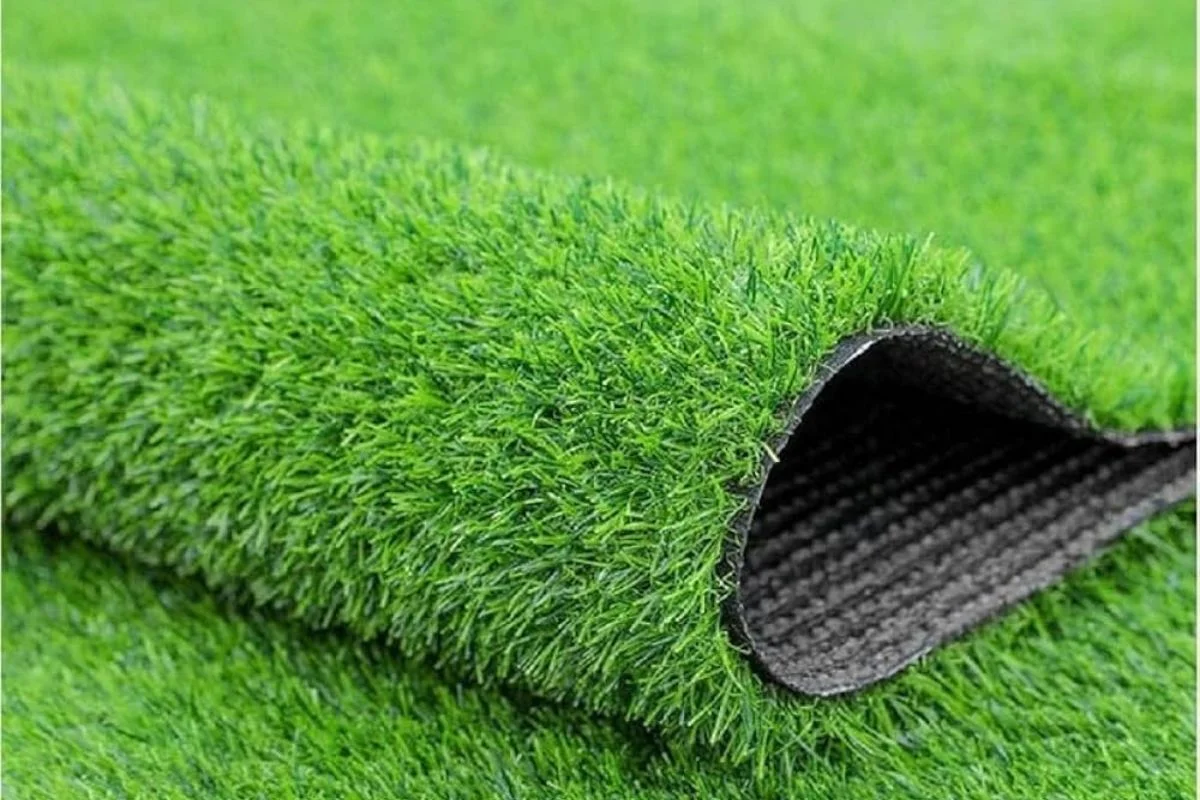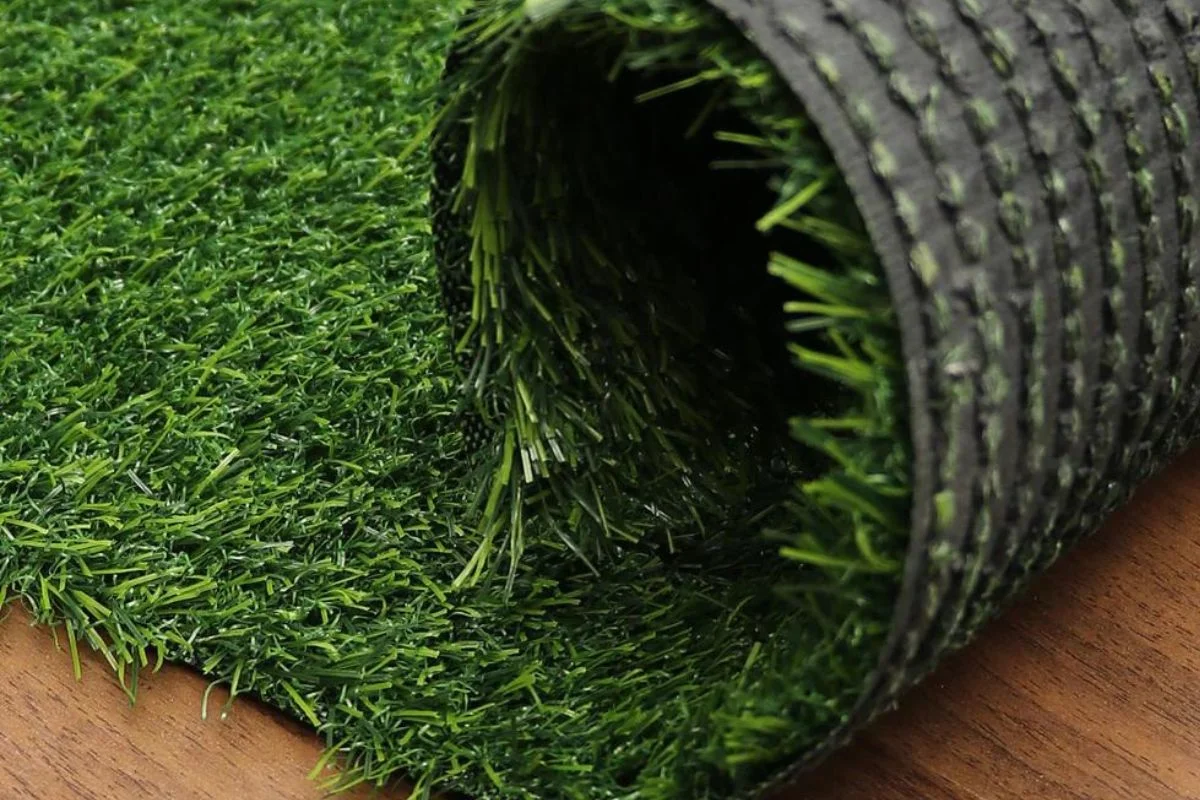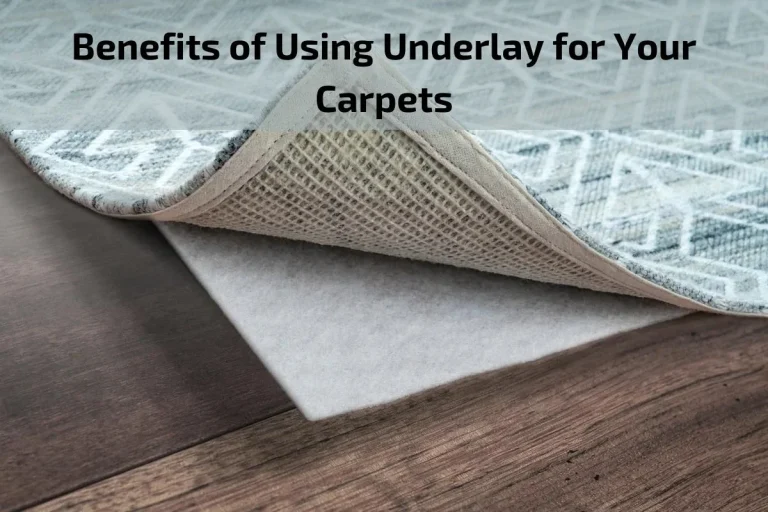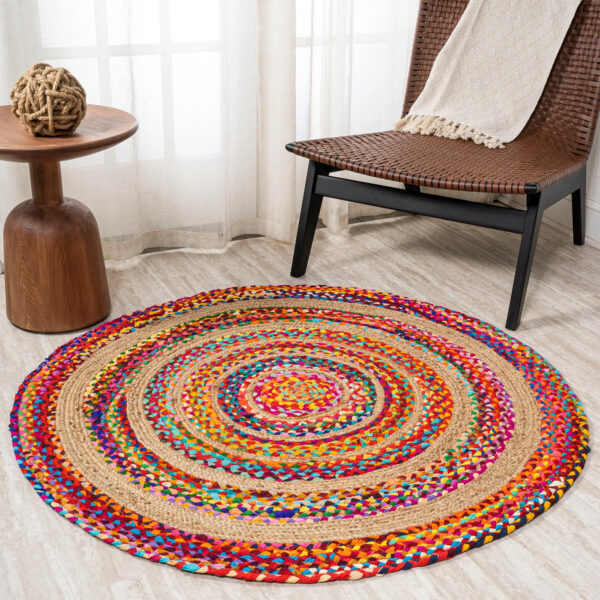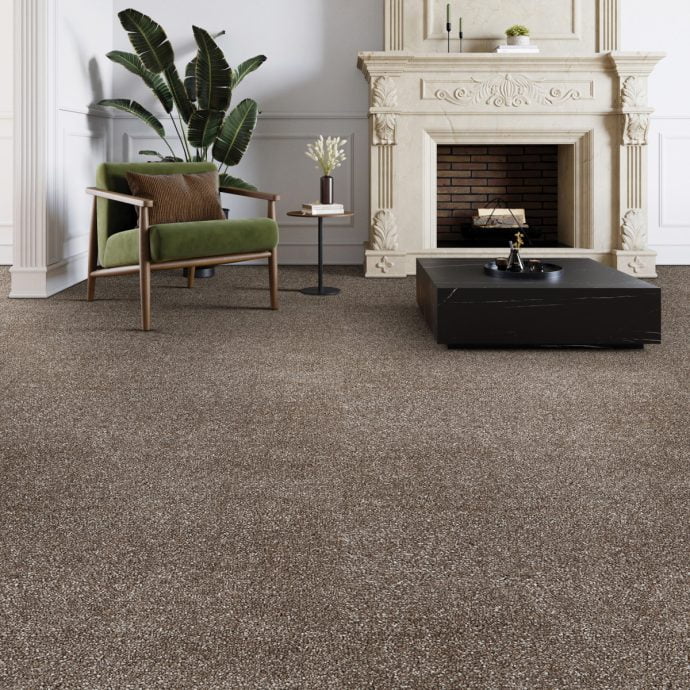Grass carpets, also known as artificial grass or synthetic turf, have revolutionized the world of landscaping and interior design. These versatile floor coverings mimic the lush appearance and soft texture of natural grass while offering durability, low maintenance, and year-round greenery.
In recent years, grass carpets have surged in popularity, becoming a sought-after option for both outdoor and indoor spaces. From residential gardens and commercial landscapes to sports fields and interior decor, grass carpets have found diverse applications, offering a sustainable and aesthetically pleasing alternative to traditional flooring materials.
In this comprehensive guide, we will delve into the world of grass carpets, exploring their features, benefits, installation methods, maintenance requirements, and innovative uses. Whether you’re considering grass carpets for your backyard, balcony, or living room, this guide will provide valuable insights to help you make informed decisions and unleash the full potential of this innovative flooring solution.
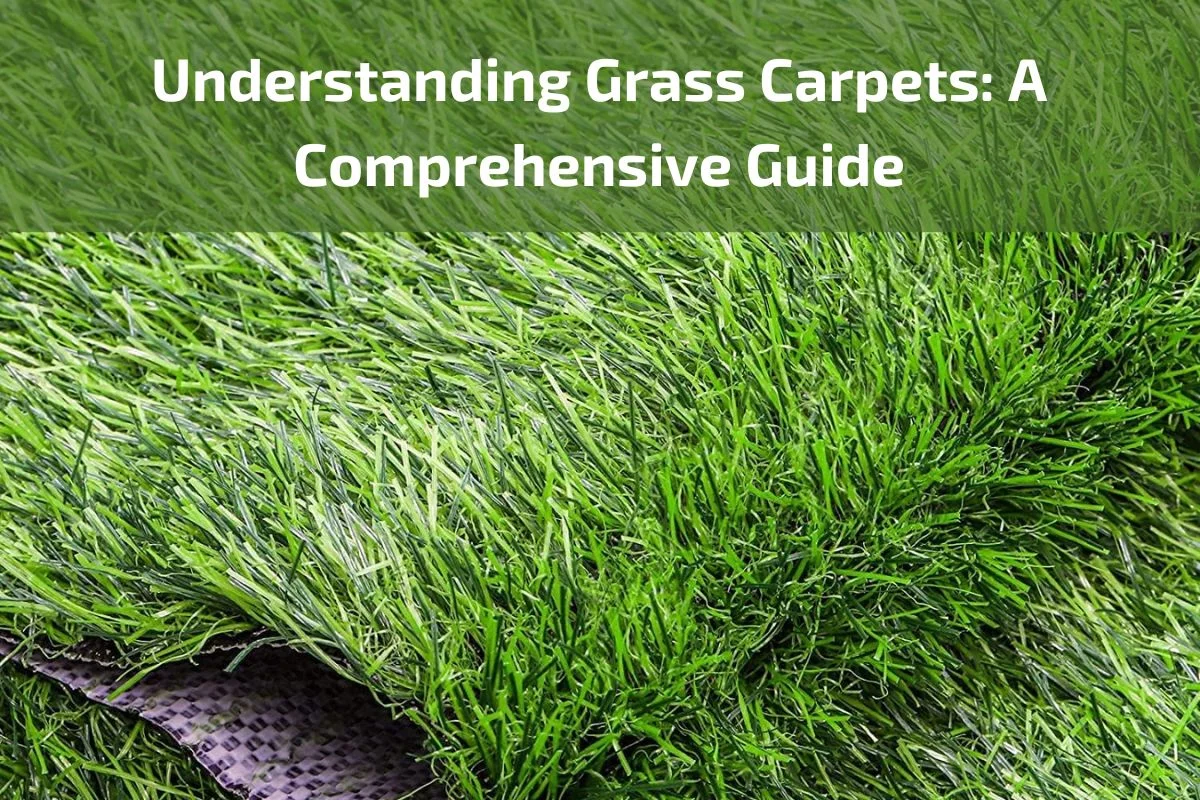
Cost Considerations for Grass Carpets
Grass carpets vary in price depending on quality, pile height, density, and intended use. Residential turf is generally more affordable than high-performance sports turf, while premium decorative turf for commercial use can be more expensive.
Installation costs depend on area size, base preparation, infill materials, and labor. While initial investment may be higher than planting natural grass, long-term savings on water, maintenance, and fertilization often offset costs.
Budgeting for maintenance, occasional brushing, and infill replenishment ensures the turf remains functional and aesthetically pleasing over time. Investing in quality products reduces replacement frequency and enhances durability.
Common Mistakes in Grass Carpet Installation
Improper installation can significantly reduce the lifespan of a grass carpet. Poor surface preparation can lead to uneven surfaces, pooling water, and premature wear. A stable, leveled base is essential for durability.
Incorrect seam joining creates visible lines and weak points where turf may lift or tear. Failing to add infill materials or insufficient brushing can flatten fibers, making the turf look unnatural.
Ignoring drainage needs can cause water accumulation and damage to the turf and sub-base. Professional installation or careful adherence to manufacturer guidelines helps avoid these common pitfalls.
Choosing the Right Grass Carpet
Selecting the right grass carpet requires considering location, usage, durability, and aesthetics. Residential turf focuses on softness, appearance, and safety. Commercial or sports turf prioritizes durability, drainage, and resistance to heavy traffic.
Other factors include fiber type, pile height, density, UV resistance, and warranty. Some grass carpets are specifically designed for pets, children, or high-traffic areas.
Comparing brands, materials, and reviews ensures the chosen product meets both functional and visual expectations. Investing time in research guarantees satisfaction and longevity.
Installing Grass Carpets
Installing grass carpets requires careful preparation to ensure durability and aesthetic appeal. The first step is surface preparation, which includes cleaning, leveling, and removing debris or old flooring. A well-prepared base ensures even installation and prevents uneven patches.
Next, a sub-base layer, usually composed of sand, gravel, or crushed stone, is laid to provide stability, drainage, and cushioning. This layer also prevents weed growth and improves longevity.
The grass carpet is then rolled out over the prepared surface. For large areas, multiple pieces may need to be joined. Seam joining is crucial to achieve a uniform appearance and secure edges. Adhesives, tape, or stitching are commonly used depending on the type of turf.
Finally, infill materials such as sand or rubber granules may be added to support the blades, improve durability, and create a natural look and feel. Regular brushing of the fibers helps maintain upright blades and a lush appearance.
Proper installation ensures the grass carpet remains functional, safe, and visually appealing for years, even in high-traffic areas. Professional installation is often recommended for complex or large-scale projects.
Maintenance of Grass Carpets
One of the main advantages of grass carpets is low maintenance, but proper care is still essential for longevity. Regular cleaning removes debris, leaves, and dust. Sweeping, raking, or using a leaf blower helps maintain the turf’s appearance.
For areas exposed to pets, washing and disinfecting the surface is important to prevent odors and bacterial growth. Mild detergents or specialized turf cleaners can be used safely.
Brushing the carpet fibers keeps them upright and maintains a natural look. This is especially important in high-traffic areas where blades may flatten over time. Periodic addition of infill materials may be needed to maintain cushioning and support.
Grass carpets also require inspection for damage. Seams, edges, and backing should be checked regularly to prevent lifting or tearing. Avoid sharp objects or heavy machinery on the surface, which can cause damage.
Overall, maintenance is minimal compared to natural grass, and following simple cleaning routines ensures the turf remains vibrant, safe, and long-lasting.
Grass Carpets for Residential Use
Grass carpets are increasingly popular in residential settings, from gardens and backyards to balconies and terraces. They provide a lush, green surface without the challenges of natural lawns, such as mowing, watering, and dealing with pests.
They are ideal for families. Children can play safely, and pets enjoy a soft, mud-free surface. Grass carpets create a visually pleasing outdoor space suitable for relaxation, social gatherings, or family activities.
They are also space-efficient, making them perfect for small yards or rooftop gardens. Artificial turf can be installed over concrete, tiles, or uneven surfaces, allowing homeowners to create green zones where natural grass would be difficult to maintain.
Residential turf comes in different colors, pile heights, and densities to match aesthetic preferences. Homeowners can customize their lawns, combine turf with decorative stones or decking, and achieve a modern, low-maintenance outdoor environment.
The most important frequently asked questions about Grass Carpets
What materials are grass carpets made of?
Usually polyethylene, polypropylene, or nylon fibers.
Is a grass carpet natural?
No, it is synthetic but designed to mimic real grass.
Are grass carpets eco-friendly?
Some are recyclable, and they reduce water usage compared to natural grass.
Do grass carpets require a base?
Yes, usually sand or crushed stone for drainage and stability.

